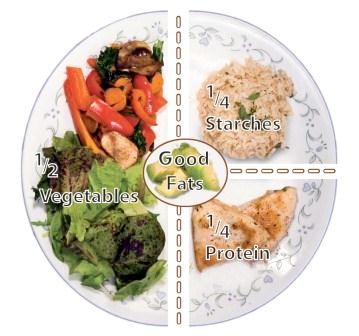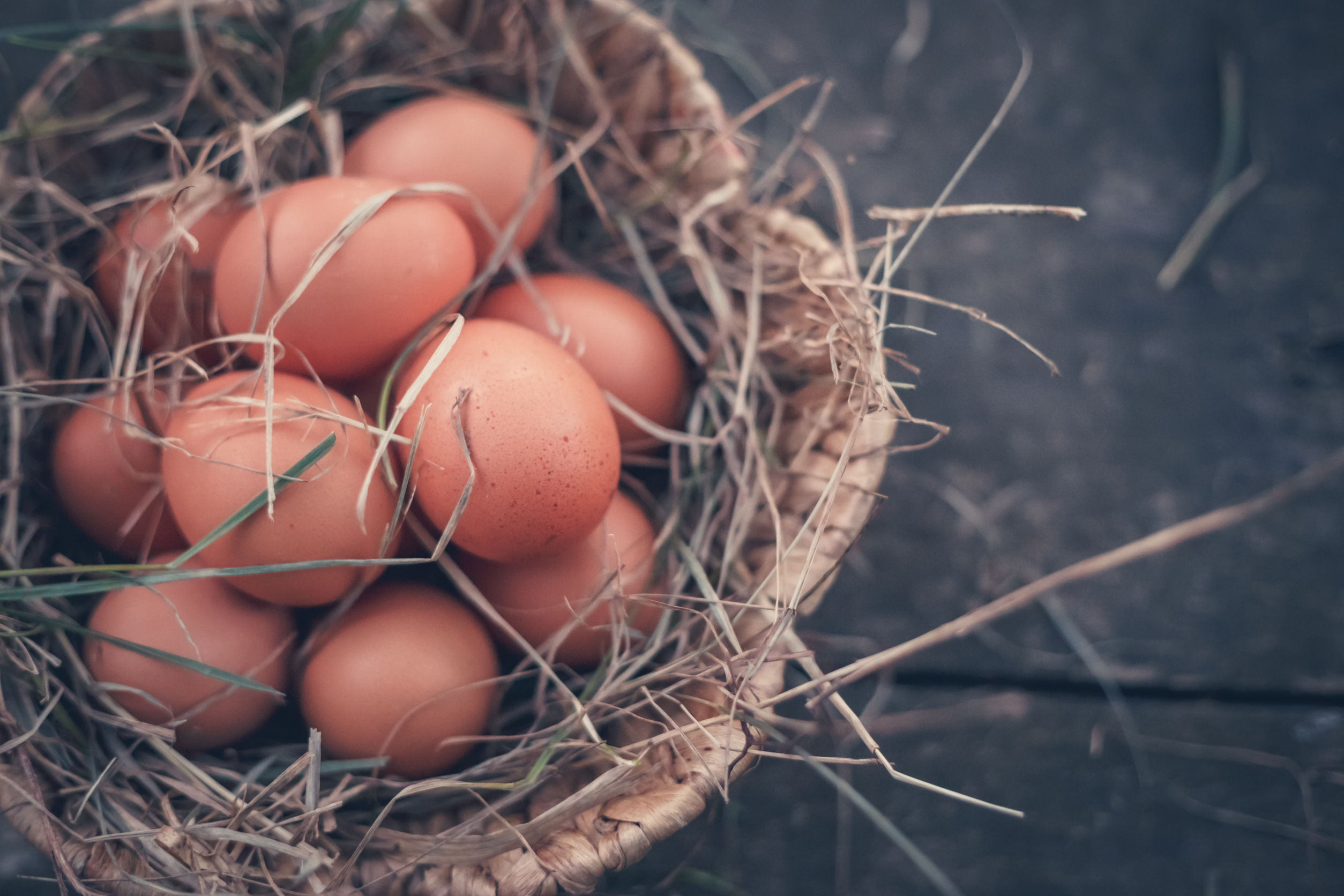
Protein is essential for many bodily processes. It’s an important building block of bone, muscles, cartilage, skin, hair, nails, and blood. Protein is used to build and repair tissues, to make enzymes and hormones and to fuel your metabolism.
Making protein part of your meal is essential to helping you feel full and satisfied, to keep your blood sugar balanced, and to quiet sugar cravings. In order to cut back on sugar, we have to focus in on protein.
First a little lesson in proteins. There are many great protein options, plant-based and animal-based. The goal is to include a variety from both groups, unless you’re vegan and then you will be staying in the plant-based category.
Plant Based
- Beans
- Lentils
- Soy
- Nuts
- Seeds
- Nut/Seed Butters
Animal Based
- Meat: Beef, Lamb, Bison, Pork, Rabbit, Wild Game
- Poultry: Chicken, Turkey, Duck
- Fish and Seafood
- Eggs
- Dairy: Yogurt, Cottage Cheese, Cheese
Quality Matters
Although I firmly believe animal-food can be part of a very healthy diet, the caveat to this has to do with quality. All animal foods are not created equal and actually commercially-raised animals on corn, soy, antibiotics, and growth hormones are very problematic.
If you are including animal food in your diet it is essential that you only buy the best quality you can afford. Ideally this would not only be organic but would also be grass-fed or pasture-raised.
This combination assures that the animal is free of antibiotics and other unnecessary medications as well as getting to graze and forage on their natural diet (grass, insects, seeds, etc). Besides being less toxic, the food also becomes more nutritious; with higher levels of antioxidants and good fats like omega-3 fatty acids. It turns an otherwise inflammatory and problematic food into a healthy option.
How Much
The Standard American Diet is quite high in protein and mostly from commercially-raised, inflammatory animal proteins. As a result most Americans are eating more protein than they need and from the wrong sources. Although protein does have many health benefits, when eaten in excess it can be problematic both for your weight and more specifically for your kidneys.

As a general guide, include a protein source at every meal and as the plate indicates, keep it to about 1/4 – 1/3 of your total meal. You can track the grams if you desire but I’ve found the plate to be an easier and just as effective tool in keeping folks at their protein goal.
Rotate Your Proteins
Are you rotating through a variety of proteins? As with all food, each type of protein comes with it’s own list of nutritional benefits. Therefore as with all things, variety is important. This insures you take advantage of the wide array of benefits while lessening the chance of overdoing any one food.
Make it a goal to rotate through your proteins over the course of a week. Here’s an example of how this might look if you’re eating an omnivorous diet.
- Red Meat (beef, lamb, rabbit) – 1 time per week
- Poultry (chicken, turkey, duck) – 2 times per week
- Eggs – 2 times per week
- Fish – 2 times per week
- Legumes (beans, lentils, soy) – 2+ times per week
- Nuts/Seeds – daily but rotate through different varieties
- Yogurt or Cottage Cheese – 2 times per week
Protein is a very important part of a balanced meal. It has many roles to play in your body in addition to helping you feel full and satisfied. Try to include a good variety of healthy proteins in your diet every day.
